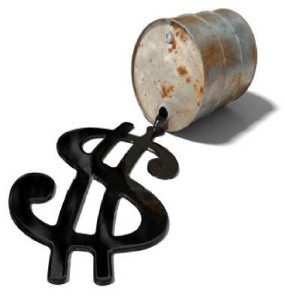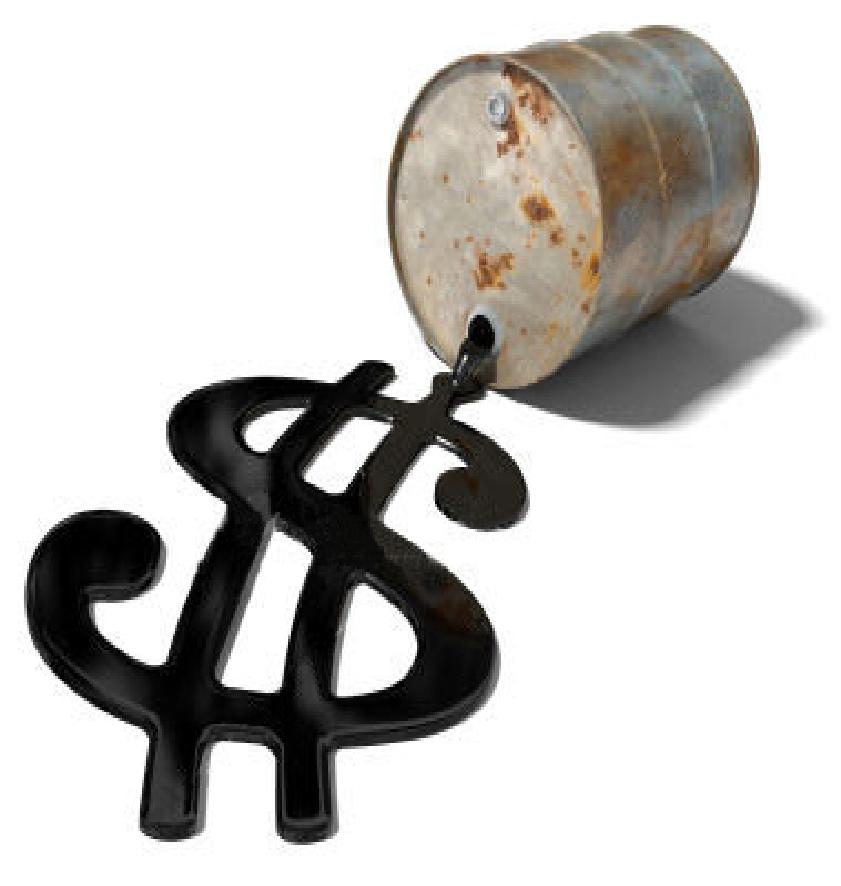 By Anthony Sumner | Sandbox Development Consultants
By Anthony Sumner | Sandbox Development Consultants
Oil prices are falling but don’t lower your development budgets just yet. Despite the cost of crude, other factors are pushing up the cost of asphalt locally and will have an impact on development costs moving forward.
Crude oil is trading just around $50 per barrel ($50.76 to be exact) which is nearly half of where it was just six months ago ($95 / barrel in July 2014). We all have experienced the effects of falling oil prices. Our fuel prices have been cut dramatically. Americans generally feel as if they have gotten a de-facto raise. With such a dramatic drop in oil price it is logical to assume that price declines in other petroleum-based products would soon follow.
In fact, I am frequently asked about the cost of asphaltic concrete (AC) – used for paving streets – a significant component of any development budget. Many builders and developers are looking to forecast the future price of AC with the intent of factoring in future price declines based on the falling cost of crude oil. There is a general assumption (or expectation) in the market that these savings will occur and it is just a matter of time. While it is a logical assumption, I caution our clients that we have yet to see a strong correlation between the lower oil prices and the installed price of AC. (This is based on analysis of the last 12 months of competitive bids). Actually, paving contractors in the Phoenix market are forecasting material price increases for liquid asphalt in the range of $5-8 per ton. This is clearly a puzzling correlation, one worthy of further investigation.
Why an Increase?
One contractor I polled offered me this explanation:
“Comparing the price of crude oil to liquid asphalt is like comparing the price of beef futures to the cost of a McDonald’s hamburger.”
Liquid asphalt (like hamburgers) is a finished product and the ultimate retail price consists of the raw material cost, plus the cost to process it and distribute it.
Consolidation
There has been significant consolidation with local material suppliers. Some recent acquisitions include the purchase of Mesa Materials by Vulcan in August of last year. In addition, Vulcan materials is in the process of taking over operations of the local Cemex asphalt plants. Consolidation has resulted in less competition. Recent letters from one supplier forecast increases in asphalt from $5-8 per ton by end of first quarter 2015. In addition to that, a $3 per load environmental fee is also proposed effective March 1, 2015. All paving contractors polled for this article anticipate that AC price will either remain level or increase over the next 3-6 months. Not one anticipated a material price decline.
Other Factors
New refining technologies can produce more gasoline out of a barrel of oil, therefore lessening the supply of paving grade oil, a by-product of the refining process. Additional factors referenced by those polled include: cost of upgrading facilities, trucking shortages, labor shortages, insurance costs, and environmental regulations.
What to do about it?
Size Matters
One factor that drives the unit price more than anything else is the size of the project. We all know that economies of scale play a role in anything, but it is even more pronounced with land development projects in recent years due to the relative decrease in scale. For example, I recently compared the unit prices for certain land development costs from the last cycle relative to today’s pricing. The unit costs were surprisingly higher today than in the last cycle, despite lower material costs and slow housing market. After further analysis we determined that the key factor was the size of the projects being developed during the last cycle relative to the current market. In 2005 it was very common for a homebuilder to purchase a 400-lot quarter section deal and develop that whole thing. In this market, that is almost unheard of. In fact, a 100 lot deal can be “too big” for many builders. The shift to smaller deals (and infill sites) has pushed the unit pricing up on many deals simply due to scale.
Timing is Key
Just as location is key in real estate, so is timing in construction. Labor, material and equipment availability will drive not only schedule but price. When the Phoenix housing market picked up from 2012 to 2013, we experienced labor shortages with many trades. They were hungry for work, so pricing wasn’t impacted so much, but their ability to get to the project was limited. Additionally, the trades were recovering from the long recession and were not willing to staff up immediately to handle short-term demand increases. It was not uncommon to be quoted lead times of 6-8 weeks (or more) to get to a project. In some cases, contractors just declined to bid any work for the next 90 days until they worked through some backlog. This is important because if you do not plan ahead and pre-schedule your trades, you may need to go with the next bidder (usually higher price) to meet your schedule. Although the market has tapered off some through 2014, we expect similar dynamics to occur when the next up-tick happens.
In summary, there are many factors that are outside of our control, material prices, market forces, etc. But there are some elements of the process that we can control and if managed proactively, can result in more efficient and cost-effective delivery of your projects. To the extent possible, one must look to maximize the scale of a project to create efficiencies. This may mean building larger phases or consolidating contract awards (awarding multiple jobs/phases to the same contractor to get bulk discounts). Likewise, thoughtful planning and open communication regarding your schedule will improve the likelihood that your preferred contractor can mobilize when you need them.
Our Recommendation
We see a consensus with the trades. Material prices for AC is going up. It is up from $57 – 60 per ton recently and may hit $65 per ton by end of this year. However, due to demand we have not seen this trickle down to the final bids. Pricing has remained steady and certain trades are now calling looking for work. We recommend using current unit pricing for the next 6-12 months. If the market picks up, expect the price from trades to increase or be ready to wait for the crew availability. We recommend that you do not attempt to forecast material price declines in this market as all indications say that it will remain steady or slightly increase over the course of this year.
Anthony Sumner is co-Founder and Principal at Sandbox Development Consultants a Phoenix-based land development consulting firm, www.sandboxdevelopment.com.












